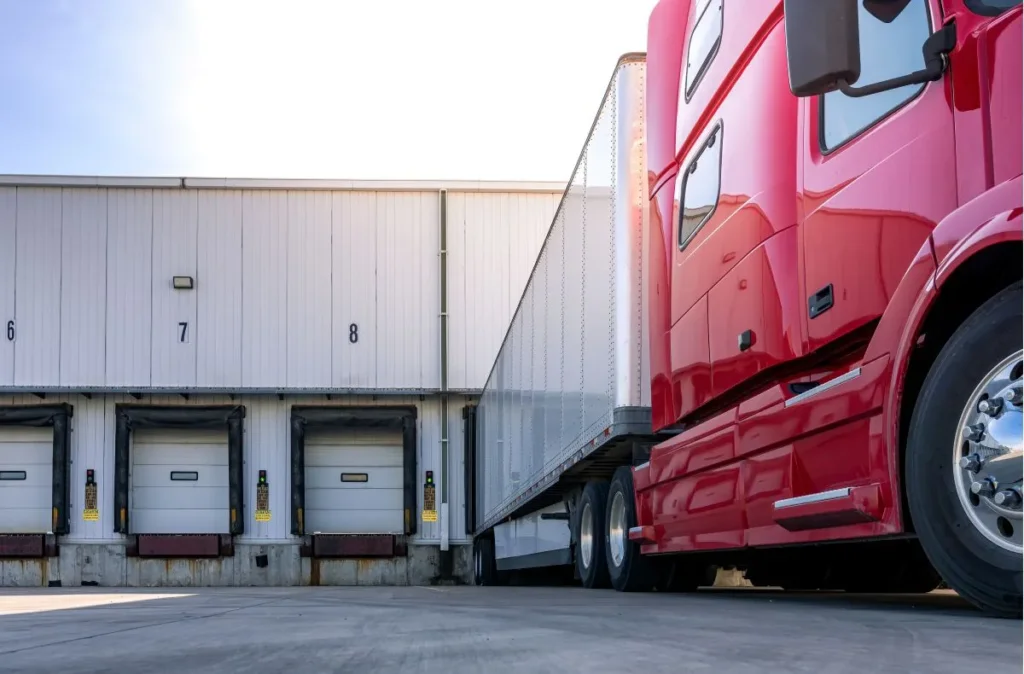A study by the International Council on Clean Transportation (ICCT) warns that while most charging will happen at depots, long-haul operators will depend on a limited number of megawatt chargers along the Trans-European Transport Network (TEN-T).
The ICCT estimates that the EU truck fleet will require between 22 and 28 gigawatts (GW) of installed charging power capacity by 2030. This translates to roughly 150,000–175,000 private chargers and 60,000–80,000 public chargers across the EU. Of these, only 4,000 to 5,300 will be public megawatt chargers, which — despite accounting for just 2% of all chargers — will provide almost 15% of total charging power.
The EU’s Alternative Fuels Infrastructure Regulation (AFIR), adopted in 2023, sets minimum requirements for charging infrastructure across the bloc. However, the ICCT concludes that AFIR will meet only 50–70% of projected public charging needs by 2030.
Coverage will be strongest along the core TEN-T corridors, where it could reach 65–85%, but weaker across the broader network, where it may drop to 35–45%. In around half of EU countries — including the Netherlands and Belgium — AFIR targets would cover only 30–50% of expected public demand, while in others, such as Romania, the targets exceed estimated needs.
The shortfall means that hauliers could encounter uneven charging access between regions. For long-haul operators, who cannot rely on depot charging alone, this could hinder route planning and limit the operational flexibility of electric trucks.
Depot and overnight charging to dominate
According to the ICCT, overnight and depot charging will be the primary mode of charging for most electric trucks. This makes electrification more practical for local and regional operators that return to base each day, while long-haul fleets will depend on fast public chargers along motorways and rest areas.
“Battery electric trucks are on track to become the backbone of Europe’s zero-emission freight fleet,” said Dr Hussein Basma, Senior Researcher at the ICCT. “This study shows that most charging will take place at depots and rest areas, while megawatt chargers will be critical but relatively limited in number.”
350 kW chargers could meet most fast-charging needs
The report finds that more than half of public fast-charging demand can be met with 350 kW chargers, which are more economical and easier to deploy. According to Dr Felipe Rodríguez, ICCT’s Director for Heavy-Duty Vehicles, “The challenge isn’t just scale — it’s placing the chargers when and where they’re needed most.”
This means that while megawatt charging will be vital for long-haul freight, much of Europe’s heavy-duty transport could rely on existing 350 kW technology in the short term.
Grid and permitting issues pose further risks
The ICCT highlights grid congestion, slow permitting, and investment barriers as major risks to the timely rollout of charging infrastructure. High-power sites along the TEN-T are particularly affected, where connecting to the grid can take years due to complex approval procedures and limited capacity.
To address these issues, the researchers urge EU policymakers to fast-track permitting, empower grid operators to make anticipatory investments, and improve transparency by publishing clear maps of grid capacity.
Implications for hauliers
The ICCT’s findings show that Europe’s truck electrification will depend as much on planning and coordination as on technology. While depot charging offers a clear path for regional operators to electrify fleets, the lack of sufficient public and corridor charging threatens to slow adoption for long-haul transport.
If current targets remain unchanged, hauliers may face unequal access to charging, with reliable infrastructure concentrated in certain regions and limited options elsewhere. For fleet operators running cross-border routes, this could lead to operational delays, higher costs, and the need to invest in private depot infrastructure sooner than planned.









